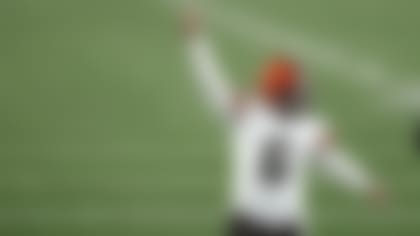NFL Photos | NFL Photography Gallery | NFL.com
Next Gen Stats
Next Gen Stats: Hidden numbers that defined Week 7
Want to see the numbers behind the numbers? Nick Shook dives into a fresh batch of Next Gen Stats and identifies figures that helped shape Week 7.
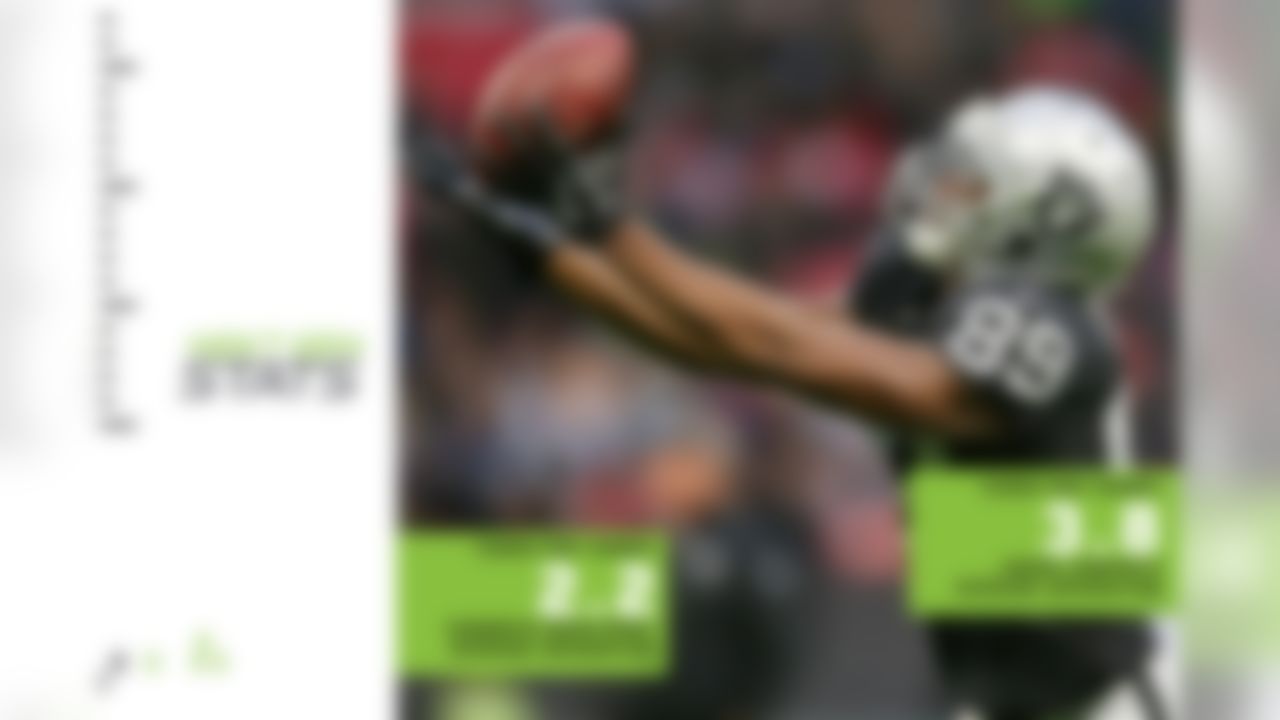
Dallas has struggled offensively at times because of a passing game that lacks depth. Statistically, the Cowboys simply don't get open. They're last in the NFL in average separation at 2.2 yards per target. The Raiders, on the other hand, were the best in the NFL in that category at 3.3 yards per target. No wonder the two got on the phone with each other. Amari Cooper was a huge reason why that was the case about the Raiders. Cooper's 3.8 average yards of separation per target were the fourth-highest in the NFL this season among receivers with 30-plus targets, trailing only Keke Coutee, Taylor Gabriel and Dede Westbrook. Could we see a sudden jump from Dak Prescott and the Cowboys' passing game? Stay tuned.
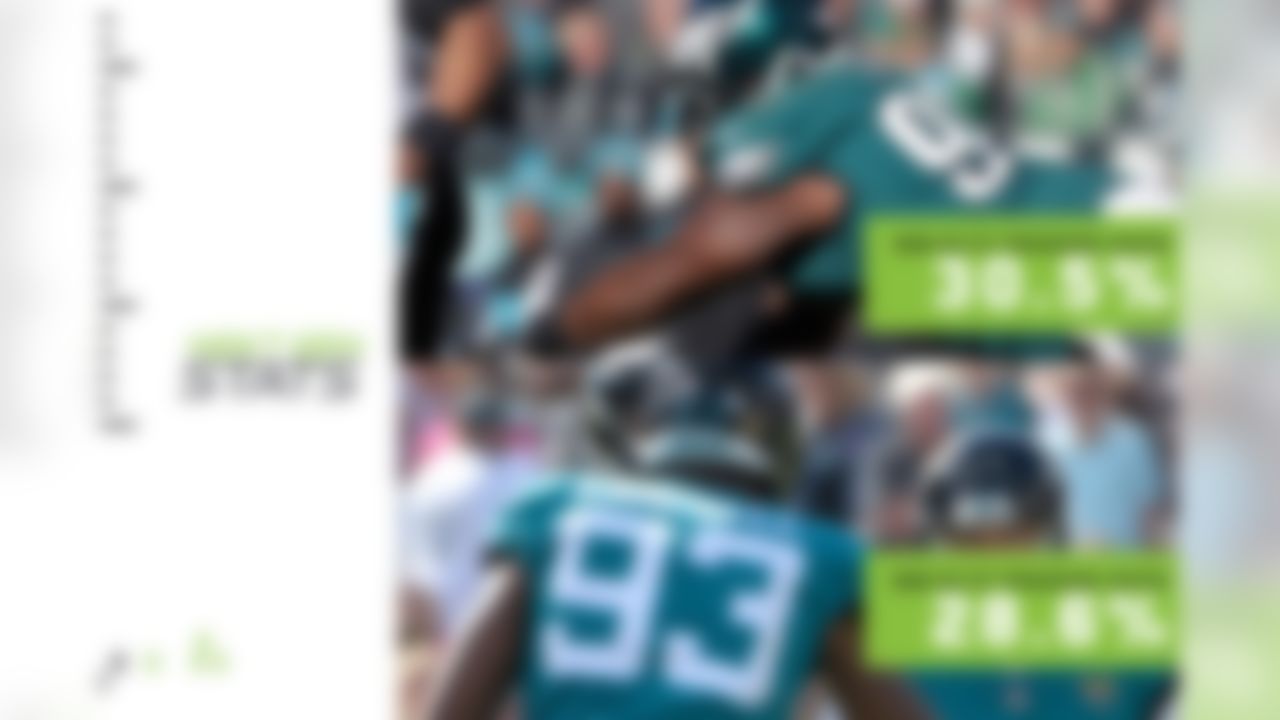
The NFL is again spending a weekend abroad, occupying London with the warmest of welcomes at Wembley Stadium. The defending champion Eagles will battle the Jaguars. They needn't pack the blitz. The difference between a good and great defense is often its ability to pressure the quarterback without blitzing. This is what makes edge rushers so valuable. Philadelphia and Jacksonville are among the best in the NFL at doing so, owning the lowest blitz rates (JAX: 21.2 percent; PHI: 19.5 percent; league average: 26.5 percent) among the top 10 in pressure rate. Philadelphia's pressure rate of 31.6 percent looks even better when considering its blitz rate. The same goes for Jacksonville's 29.9 pressure rate. But wait, there's more.
Philadelphia's 30.5 percent pressure rate on non-blitzes is the best in the league, and Jacksonville's 28.6 percent rate isn't far behind (fifth in the league). Pressure across the pond!

One of the more unexpected developments of the last two weeks is the relative success of Brock Osweiler, Dolphins quarterback. It starts with minimizing risk. Osweiler is throwing into tight windows on just 5 percent of his attempts, to open receivers (three-plus yards of space) on 43.8 percent and to wide open targets (five-plus yards) on 21.3 percent. His targeted receivers have an average separation of 3.6 yards (T-4th among QBs with 80-plus attempts), and they're doing a hefty amount of work, with yards after catch accounting for 61.6 percent of Osweiler's 654 passing yards.
Teams are also daring him to go deep, prioritizing defending the shorter throws and hoping he won't hit the long targets. It's not working. Osweiler owns a passer rating of 102.4 on throws of 10-plus air yards, targeting tight windows on just 8.3 percent of those throws and posting a 54.2 completion percentage in such situations. Simply, he's throwing to his open receivers, wherever the defense allows them.

DeSean Jackson's production has reverted to its 2017 level since the return of Jameis Winston. Since Winston replaced Ryan Fitzpatrick, Jackson's air yards per target has slightly increased (from 17.4 to 18.5), but his targets have dropped (from 19 to 17), as have his receptions (16 to seven) and receiving yards (419 to 107).
Worst of all, instead of finding the end zone, he's finding the bench in dismay. On passes headed for Jackson, his quarterback's touchdown-to-interception ratio has dropped from 3-1 with Fitzpatrick to 0-2 with Winston.
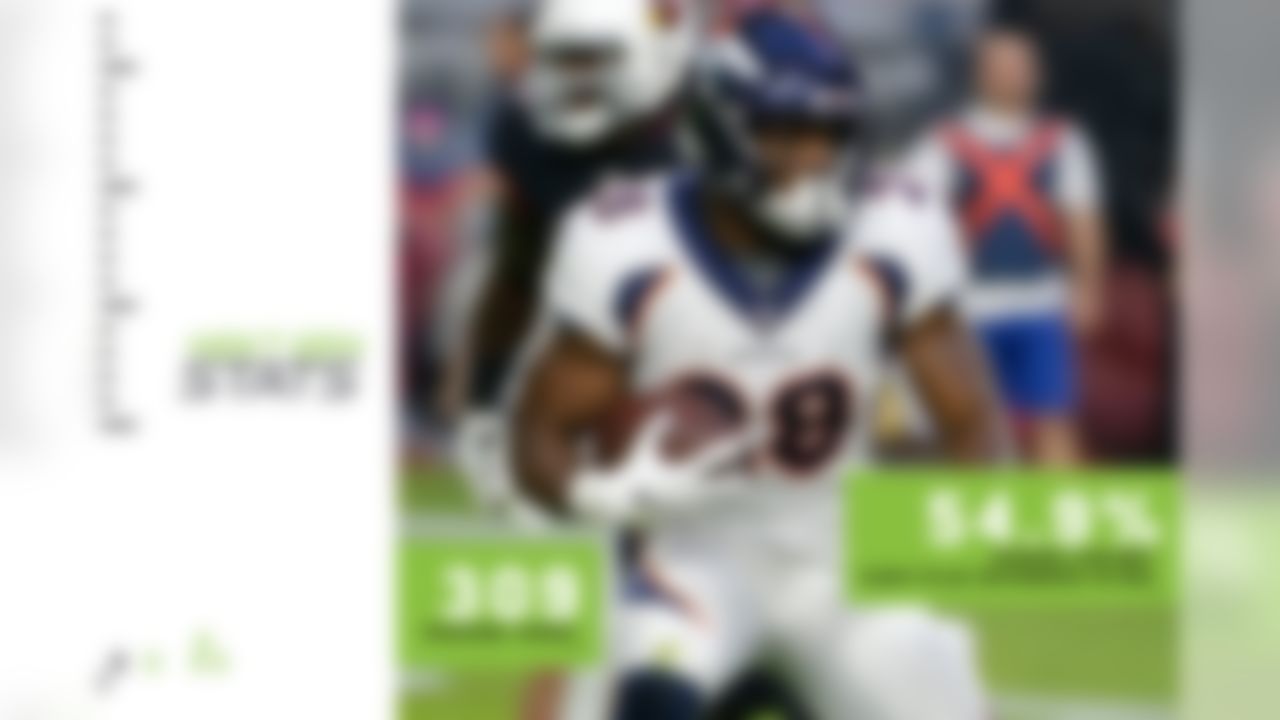
Denver's Royce Freeman has run against eight-plus defenders in the box more than any other back in the NFL through seven weeks, facing such a scenario on 54.9 percent of his rushes. It makes sense, seeing as he's found the most success rushing out of 12 personnel (one back, two tight ends). His next best yards-per-carry average, though, comes out of 22 personnel (two backs, two tight ends) churning up 4.3 yards. Opponents get the memo: Freeman is going to pound you between the tackles with the help of two tight ends. How will that translate in Week 8 against Kansas City? The Chiefs don't stack the box often, doing so on just 15.2 percent of plays (run or pass). They also largely run their defense out of a 3-3-5 alignment instead of the base 4-3. Freeman has found his most success against a base 4-3 but has run against a 3-3-5 just three times for 17 yards.

Remember that porous offensive line we all groaned about in Buffalo at the end of the preseason? The one that was so bad, it made sense to not play Josh Allen behind it, even when he was obviously the best option? Well, it's not actually that bad. We know Allen's injured now (elbow), but when he was in, he was only pressured on 27.5 percent of pass attempts (NFL average is 27.3 percent). When coupled with his league-slowest average time to throw of 3.15 seconds, Buffalo is doing an above-average job of protecting him. Allen's stat line -- 75-139, 832 yards, two TDs, five INTs, 61.8 passer rating -- tells the story of a struggling rookie. But the youngster's targets are among the league's worst at helping him, with Allen targeting open receivers (three-plus yards of space when targeted) on 39.6 percent of attempts (sixth worst in the NFL). In all, the onus falls on the receiving corps, with rookie struggles serving as a close second and the offensive line avoiding much of the blame.
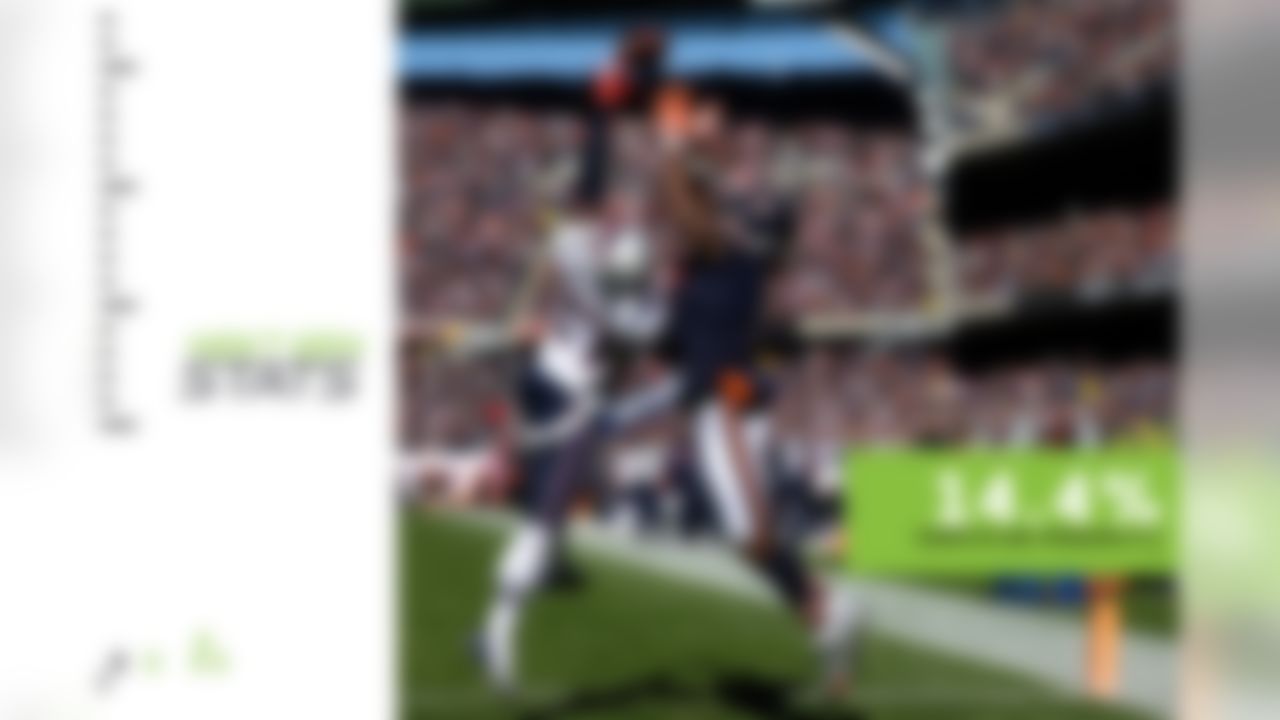
We've all seen the Hail Mary to Kevin White that came up about a foot short of a game-tying touchdown. I know, twist the knife a little more, right Bears fans? Well, we have this fancy little metric known as completion probability. Mitchell Trubisky's 54-yard strike to White, thrown over the arms of Kyle Van Noy, had a 14.4 percent chance of being completed. It required avoiding the hands of receiver-turned-safety Josh Gordon and for White to catch the pass with 0.32 yards of separation from the nearest defender upon arrival. It was basically NFL 500, a professional version of the jump ball game kids play(ed) on the playground. It fell short of a touchdown, but we won't forget it each time we reference the season's growing list. It currently ranks sixth in least likelihood of completion. I have a feeling it won't move much anytime soon.


